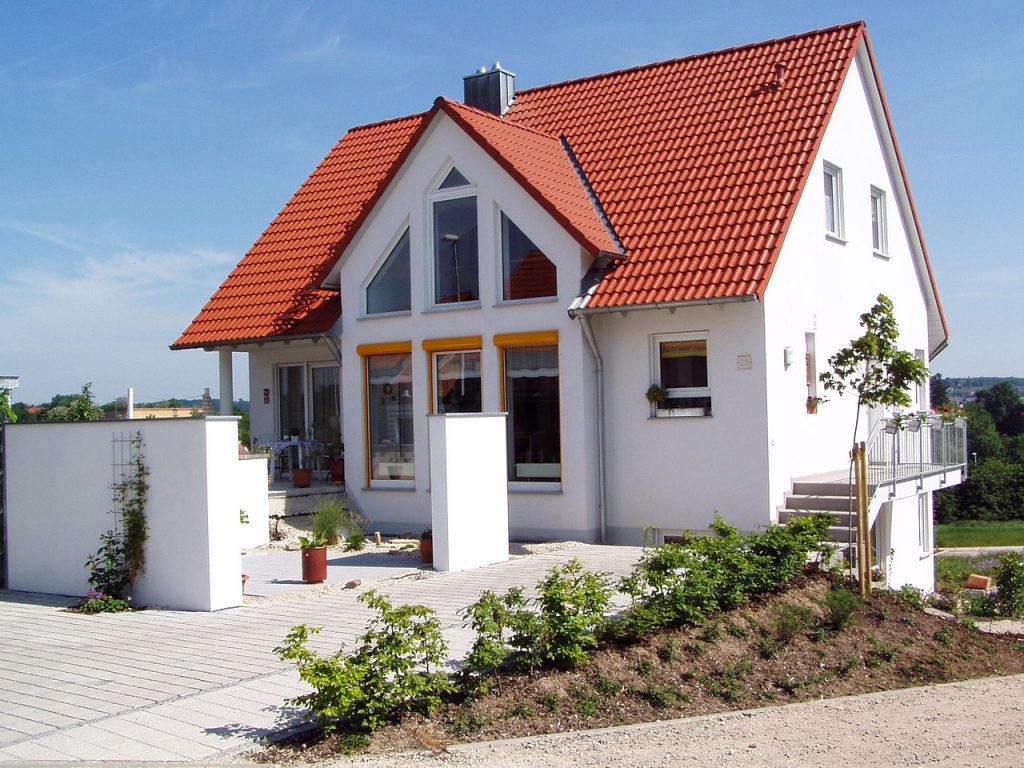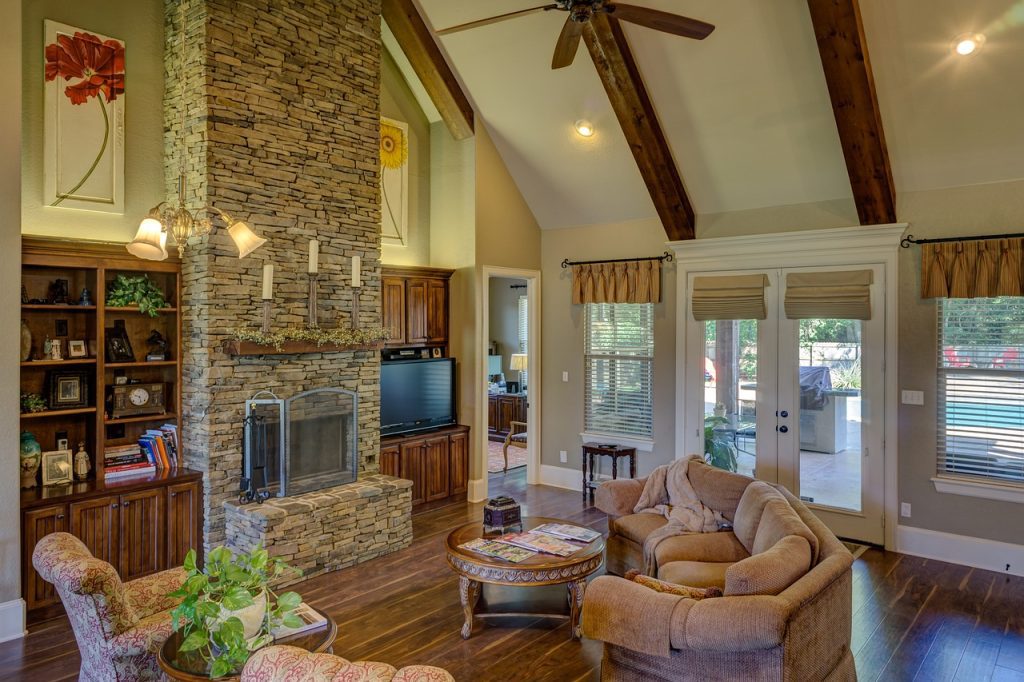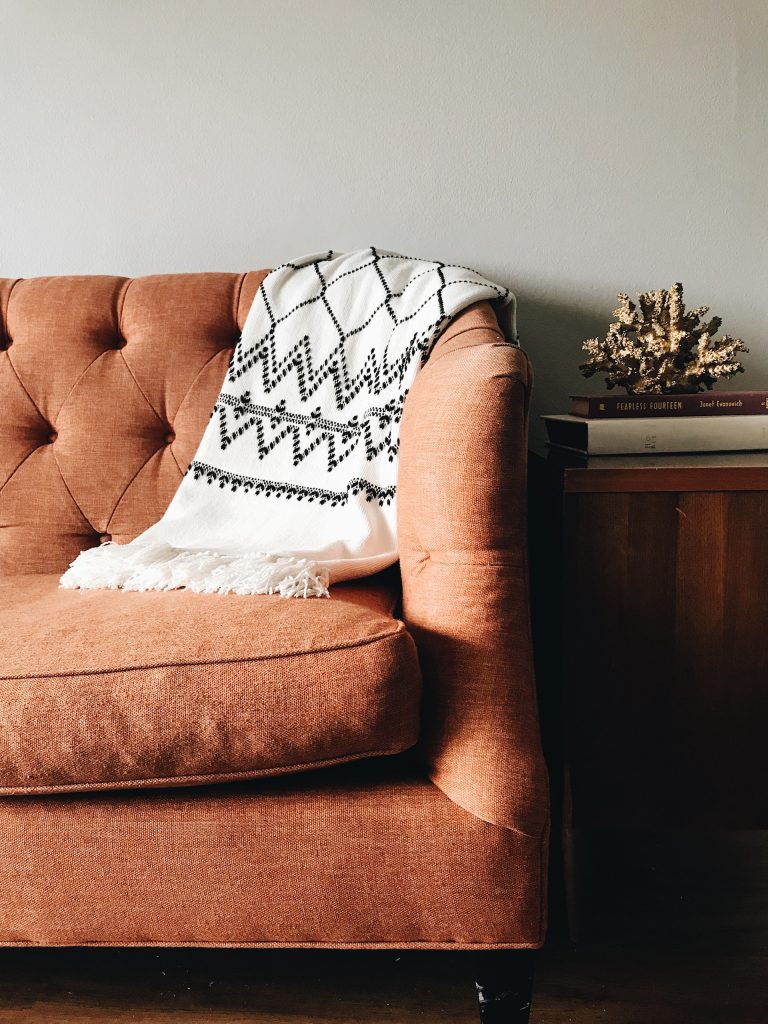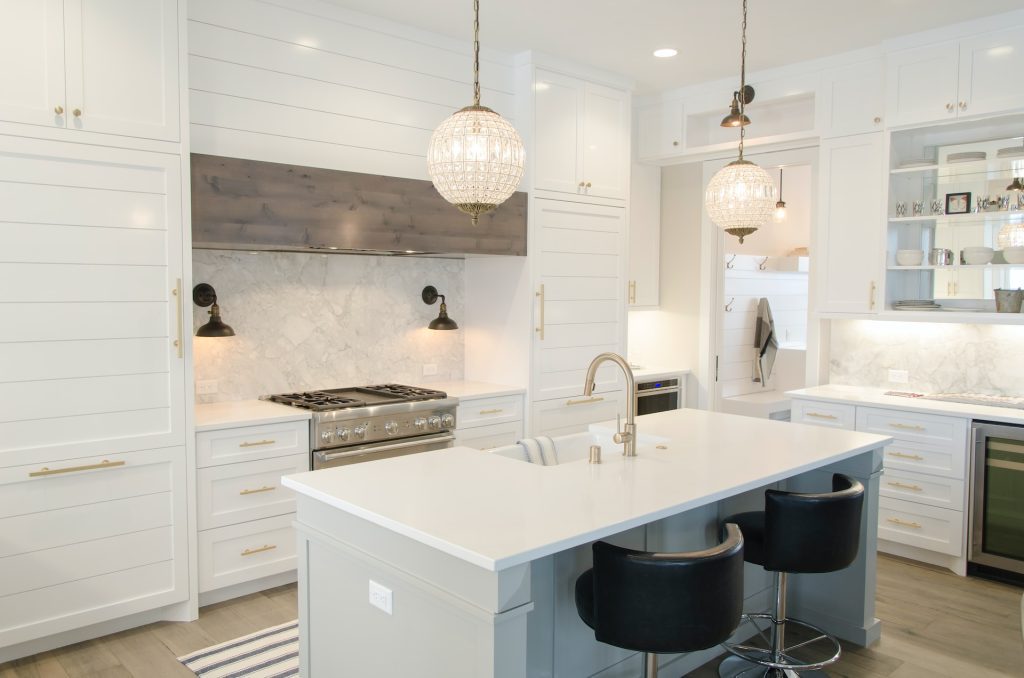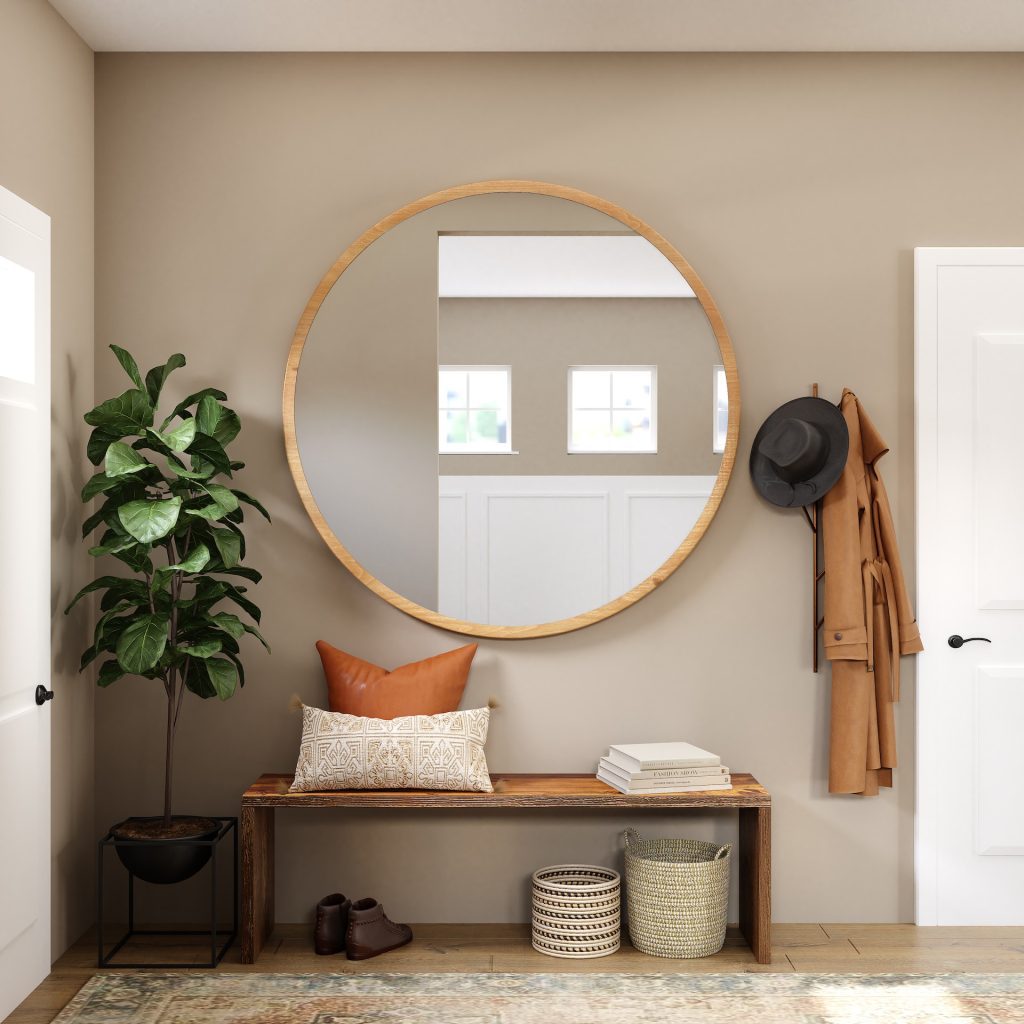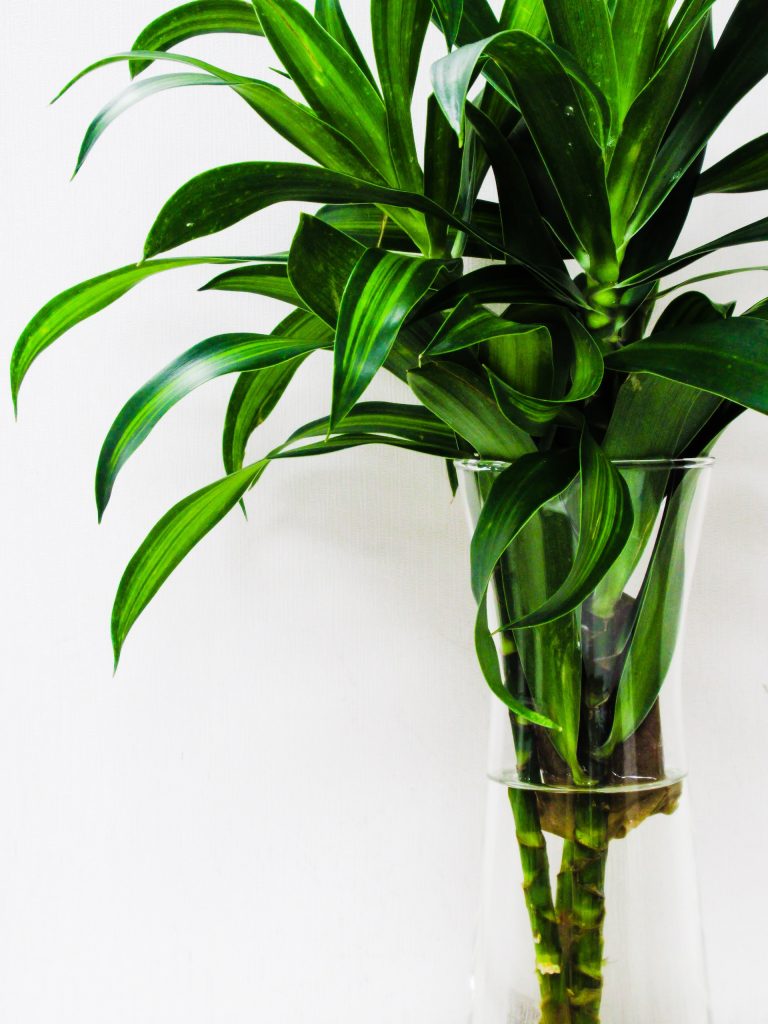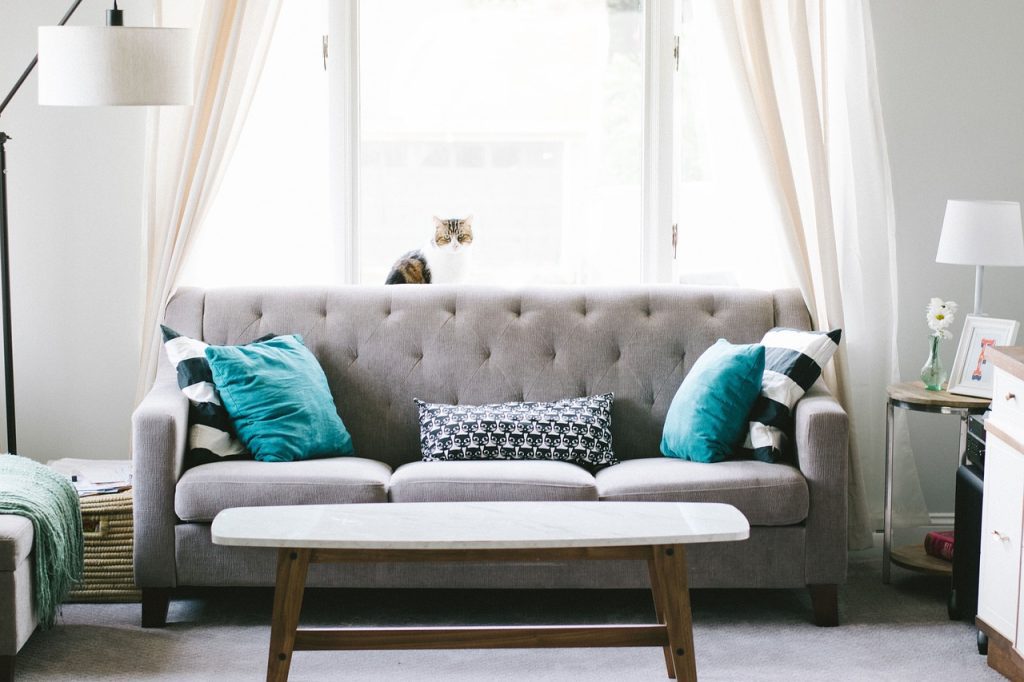The Art of Welcoming: 7 Tips to Create an Inviting House Entrance
Why House Entrances Matter The entrance to your home is the first thing that greets your guests and sets the tone for their entire visit. It is the first impression they will have of your home, and it can greatly impact their overall experience. That’s why house entrances matter – they have the power to make your guests feel welcomed and at ease or make them feel unwelcome and uncomfortable. Here are some reasons why house entrances matter: Your house entrance is like a big warm hug that welcomes your guests into your home. It gives them a sense of belonging and makes them feel invited. A well-decorated entrance with cozy lighting, comfortable seating, and personal touches like family photos or artwork can instantly create a warm welcome for anyone who enters. The way you decorate your entrance speaks volumes about your personal style and taste. It sets the stage for what people can expect inside your home. Whether you prefer a minimalist approach or love bold colors, your entrance should reflect who you are as an individual or as a family. As mentioned earlier, the entrance sets the tone for the rest of the visit. If it’s welcoming and inviting, it will put your guests in a positive mood, making them more open to enjoying their time in your home. On the other hand, if it’s cold and uninviting, it may make them feel uncomfortable or unwelcome. The Power of First Impressions First impressions are powerful. They can set the tone for an entire experience and shape our perceptions of a person, place, or thing. This is especially true when it comes to welcoming guests into your home. The entrance of your house is the first thing that visitors see and it can greatly influence their overall impression of your home. Think about the last time you visited someone’s house for the first time. What was your initial reaction as you approached the front door? Was it warm and inviting or cold and unwelcoming? Did it make you feel at ease or did it make you hesitant to enter? It’s important to remember that first impressions are formed within seconds, so creating an inviting entrance to your home is crucial in making a positive impact on your guests. Not only does it set the tone for their visit, but it also reflects on you as a host. But why exactly do first impressions hold such power? It all comes down to human psychology. Our brains are wired to quickly assess our surroundings and make judgments based on visual cues. In fact, studies have shown that people form opinions about others in less than 7 seconds upon meeting them. The same concept applies when entering a new space – we take in everything from the color scheme, lighting, cleanliness, and overall aesthetic before even stepping foot inside. A well-designed and maintained entrance creates a sense of anticipation and excitement for what lies beyond. On the other hand, if your entrance is cluttered, unkempt or lacking personality, visitors may feel uneasy or disinterested in exploring further. This can ultimately affect their overall perception of your home and how they feel during their visit. Creating an Inviting Entrance So, how can you create an inviting entrance to your home? Here are a few tips to help you make a great first impression: Tip 1: Keep it Clean and Clutter-Free The first step to creating an inviting house entrance is to ensure that it is clean and clutter-free. This may seem like an obvious tip, but you would be surprised at how much of a difference a tidy entrance can make in setting the tone for your home. Start by decluttering the area. Remove any unnecessary items such as old mail, shoes, or umbrellas that may be cluttering up the space. If you have a shoe rack or coat hanger near your entrance, make sure they are organized and not overflowing with items. Consider investing in storage solutions like baskets or bins to keep everything neatly tucked away. Next, thoroughly clean the entrance area. Sweep or vacuum any debris from the floor and wipe down surfaces with a mild cleaner. Pay special attention to doorknobs, light switches, and other frequently touched areas. If your entrance has windows, give them a good cleaning to let natural light flood into the space. This will instantly make it feel brighter and more welcoming. Once everything is clean and clutter-free, take a step back and assess the overall look of your entrance. Is there anything that stands out as being unsightly or out of place? Perhaps there is a worn-out doormat that could be replaced or some outdated decor that needs to be swapped out for something fresher. You should also pay attention to the color scheme of your entrance area. Neutral colors tend to create a more calming atmosphere while pops of color can add a fun and inviting touch. Choose colors that reflect your personal style and make you feel happy when you come home. Tip 2: Add Greenery and Plants Adding greenery and plants to your house entrance is a simple yet effective way to enhance its appeal and create a warm, welcoming atmosphere. Not only do plants add natural beauty and color, but they also have numerous health benefits such as improving air quality and reducing stress levels. Here are some tips on how to incorporate greenery and plants into your house entrance: Tip 3: Incorporate Personal Touches When it comes to creating an inviting house entrance, incorporating personal touches is essential. Not only does it add character and warmth to your home, but it also makes guests feel welcome and comfortable as soon as they step foot into your space. Here are some tips on how to incorporate personal touches into your house entrance: Tip 4: Play with Lighting When it comes to creating an inviting house entrance, lighting plays a crucial role. Not only does it add warmth and coziness
The Art of Welcoming: 7 Tips to Create an Inviting House Entrance Read More »

